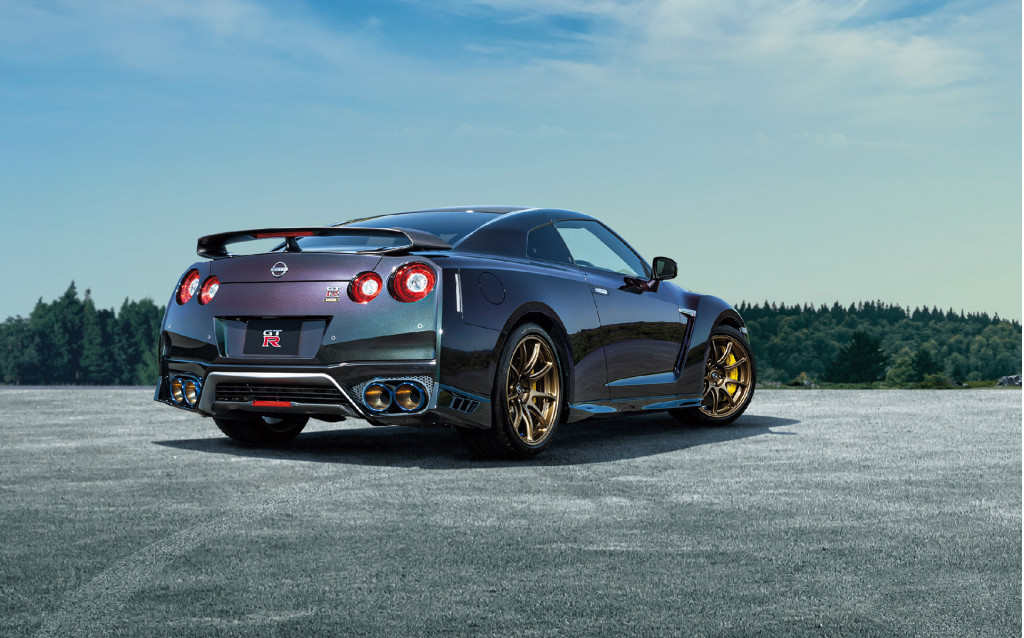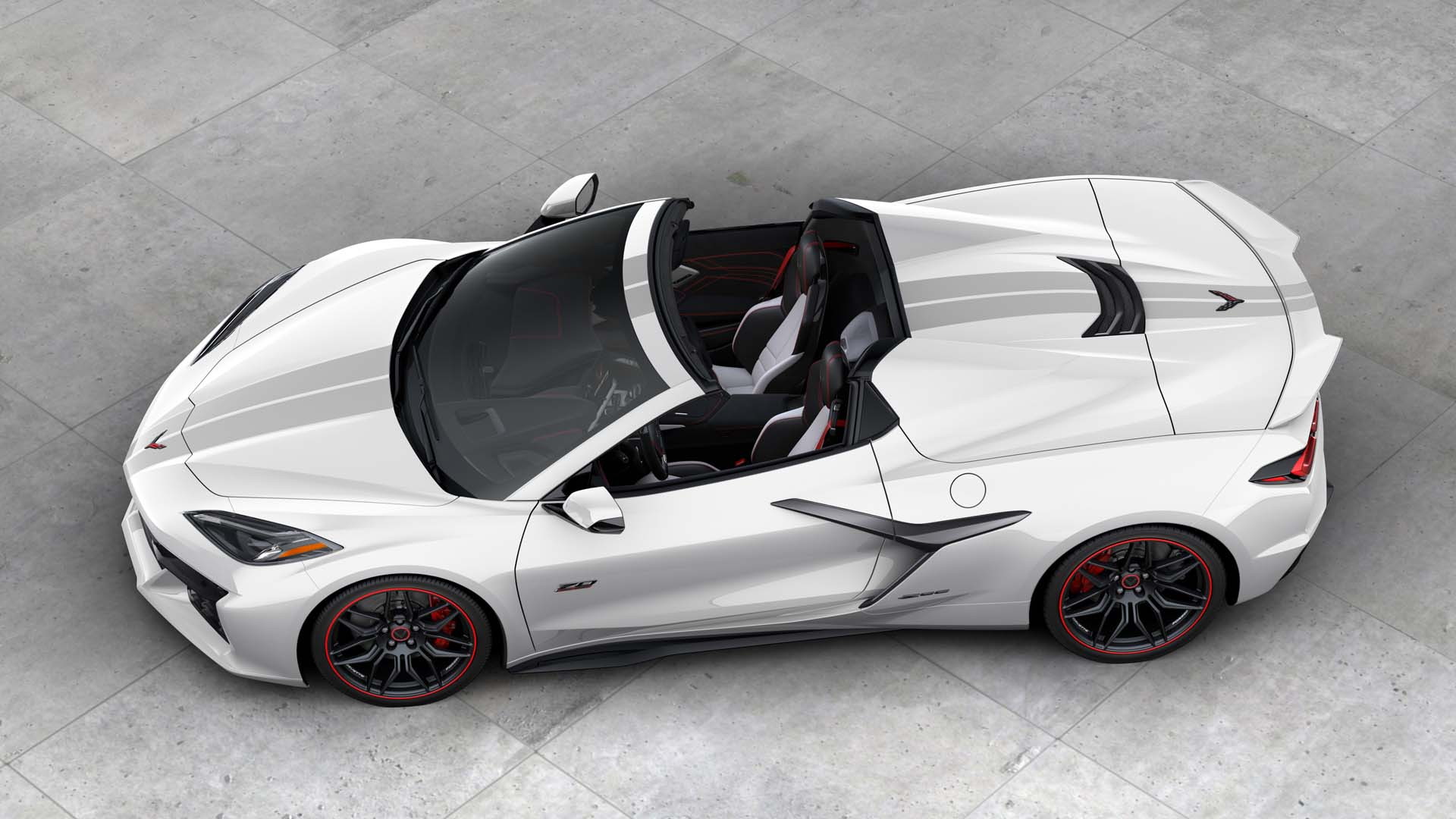A next-generation R36 Nissan GT-R is in the works, and it will get a new platform, the automaker's CEO said in an interview with Autocar published Monday.
"We're definitely making a new platform," Nissan CEO Makoto Uchida said, "and our goal is clear: the GT-R has to be the quickest car of its kind. It has to own the track. And it has to play the advanced technology game."
Uchida said Nissan is looking at a hybrid powertrain for the R36 GT-R, rumors of which go back to 2013, but indicated that it isn't locked in. Electrification may not be necessary to achieve Nissan's performance goals, he said.

2021 Nissan GT-R T-spec
In a 2019 interview with Motor Authority, Hiroshi Tamura, chief product specialist for the GT-R, said any decision to use a hybrid powertrain would be determined by customer feedback. If paying customers want that technology, or want increased performance that would require it, Nissan will do it, he said. Some form of electrification may be necessary to meet future emissions standards, however.
The current R35 GT-R dates back to the 2009 model year, so a replacement has been expected for some time. A new platform would be a different approach from Nissan's overhaul of the similarly aged Z sports car. The 2023 Nissan Z uses a carryover platform, but with a different engine, updated tech, and new styling.
For now, changes for the 2021 Nissan GT-R are limited to new T-Spec and Nismo Special Edition models. While it is very old by industry standards, the GT-R Nismo's 3.8-liter twin-turbo V-6 still produces 600 horsepower and 481 pound-feet of torque, while base versions make 565 hp and 467 lb-ft. Those are still impressive numbers, but the R35 GT-R's age also makes its six-figure price tag increasingly difficult to justify.


